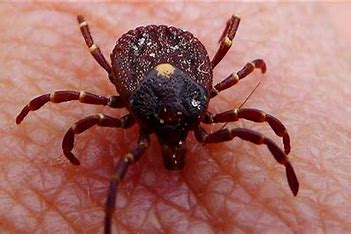A Thorough Analysis of Tick-Borne Diseases and their Significance.
INTRODUCTION
The Powassan virus disease has caused concern after claiming the life of an individual in the United States. This tick-borne illness is transmitted through the bite of infected ticks, including the black-legged tick and the groundhog tick. The virus can cause a range of symptoms, from mild to severe, including fever, headache, vomiting, weakness, confusion, seizures, and neurological complications. Diagnosis can be challenging, but healthcare professionals use clinical evaluations and laboratory tests to confirm the presence of the virus. Currently, there is no specific antiviral treatment for Powassan virus disease, so medical care focuses on managing symptoms and providing supportive measures. The most effective prevention strategy is to avoid tick bites by taking precautionary measures when spending time in tick-prone areas. Public health measures, such as surveillance programs and education, play a vital role in minimizing the impact of the disease.In this article, we will provide an overview of Powassan virus disease, discussing its transmission, symptoms, diagnosis, treatment, and prevention strategies.
I. Transmission:
Powassan virus is transmitted through the bite of infected ticks, such as the black-legged tick and groundhog tick. These ticks acquire the virus by feeding on small mammals like rodents and deer, which serve as reservoir hosts. Humans can become infected when bitten by an infected tick.
II. Symptoms:
Symptoms of Powassan virus disease can range from mild to severe, including fever, headache, vomiting, weakness, confusion, seizures, and neurological complications like encephalitis or meningitis.
III. Diagnosis:
Diagnosing Powassan virus disease can be challenging as its symptoms may overlap with other illnesses. Healthcare professionals use clinical evaluations, medical history, and laboratory tests to confirm the virus's presence, such as serological assays or molecular tests like PCR.
IV. Treatment:
No specific antiviral treatment exists for Powassan virus disease. Medical care focuses on managing symptoms and providing supportive measures, including hospitalization for severe cases. Close monitoring of vital
In conclusion, it is essential to have a good understanding of Powassan virus disease, which has caused a recent fatality. Being able to recognize its symptoms, getting prompt medical attention, and adopting preventive measures can greatly reduce the chances of getting infected with this serious viral disease. It is crucial to implement public health efforts such as surveillance, education, and control measures to mitigate the impact of Powassan virus disease on individuals and communities.

Comments
Post a Comment